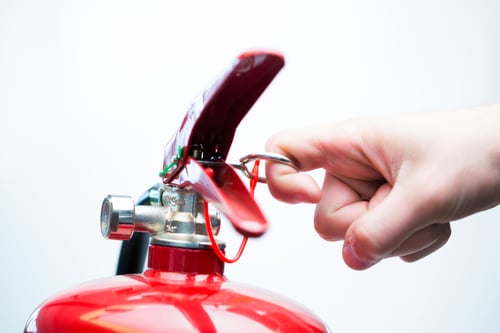
A consequence of experiencing disasters is the need to focus on planning before the next one. As Texans, we hope that disasters would not be our teachers, but these experiences enable us to better plan for the protection of citizens, employees and property. To prepare for emergencies, cities and local government entities should consider the following measures:
- Contingency plans or Annexes (found here) should be filed with the proper authorities to ensure agencies are prepared to respond in case of disasters. The revised annexes are compliant with the National Incident Management System (NIMS).
- Annual training exercises should take place with local emergency management officials to ensure entities are prepared for potential emergencies.
- Have a written mutual aid agreement in place to address legal, technical and procedural issues. Having a mutual aid agreement will reduce delay in restoring services and operations critical to the community.
EMPLOYEE SAFETY DURING AND POST EMERGENCY
Keeping employees safe during cleanup and recovery operations is of utmost importance. Employees may be assigned tasks that are different from duties performed during “normal” workdays. These unfamiliar tasks can potentially expose employees to hazards that are not apparent to those with limited or no experience. As an example, numerous employees may be using chainsaws or chippers when that equipment is not part of their normal workday.
Protect your employees by:
- Providing instructions on the use of the equipment.
- Training on potential hazards.
- Arranging experienced, safe employees to work with inexperienced employees.
- Observing work practices and offering suggestions for improvement.
- Providing regular safety meetings to maintain awareness of exposures.
- Making sure necessary personal protective equipment is provided and worn by employees.
- Providing adequate rest for essential duty personnel through frequent rest breaks and scheduling reasonable work hours between shifts to allow sufficient sleep and recuperation.
You don’t know when you’ll need this information, but when you do, you really do. Be sure to download our Emergency Preparedness Guide for these tips and more resources!



